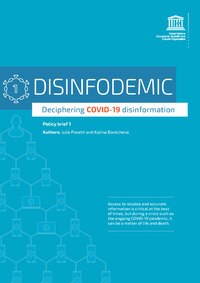
Photo from wikipedia
The prevailing “996” overtime phenomenon in China has raised extensive consideration and discussion towards the topic of work-life balance. Following this trend, this study focused on the topic of work… Click to show full abstract
The prevailing “996” overtime phenomenon in China has raised extensive consideration and discussion towards the topic of work-life balance. Following this trend, this study focused on the topic of work recovery experience. Based on Lens Model, we aimed to construct prediction models of weekend recovery experience with individuals’ social media footprints, which include their social media posts, behavioral information, and demographic information. We acquired Weibo data and Recovery Experience Questionnaire results from 493 participants and extracted Weibo data features for model training through two methods. As a result, two types of model were constructed: regression models which applied Ridge Regression, LASSO Regression, and Elastic Net; classification models which applied Gradient Boosting Decision Tree, Logistic Regression and Support Vector Machine. For the results of regression models, Pearson correlation coefficients between predicted values and self-reported scores ranged from 0.40 to 0.84; for classification models, F1-score ranged from 0.49 to 0.78. The results showed that individuals’ recovery experience on weekends could be predicted by their social media footprints. What is more, the methodology proposed in this study could help organizations to evaluate large groups of employees’ work recovery in real-time, which will have further implications for both theoretical and practical purposes.
Journal Title: IEEE Access
Year Published: 2020
Link to full text (if available)
Share on Social Media: Sign Up to like & get
recommendations!